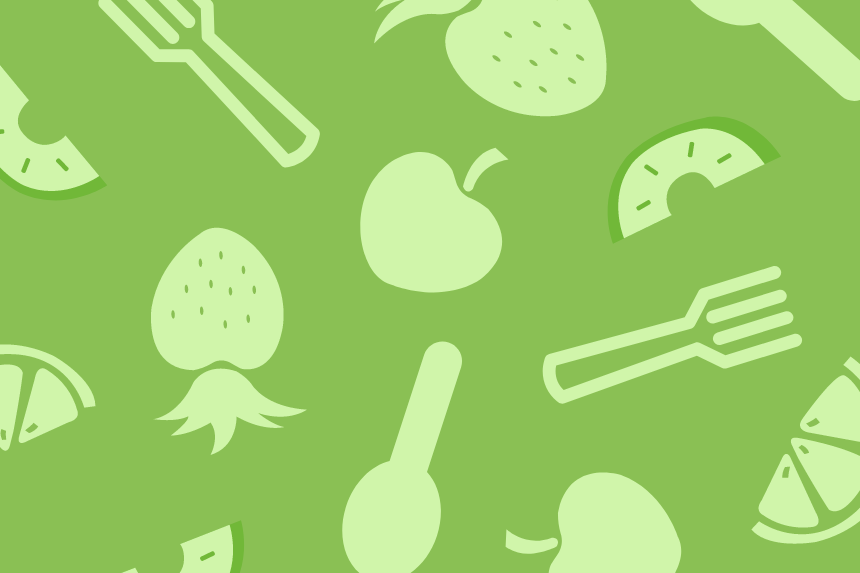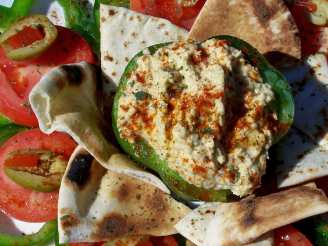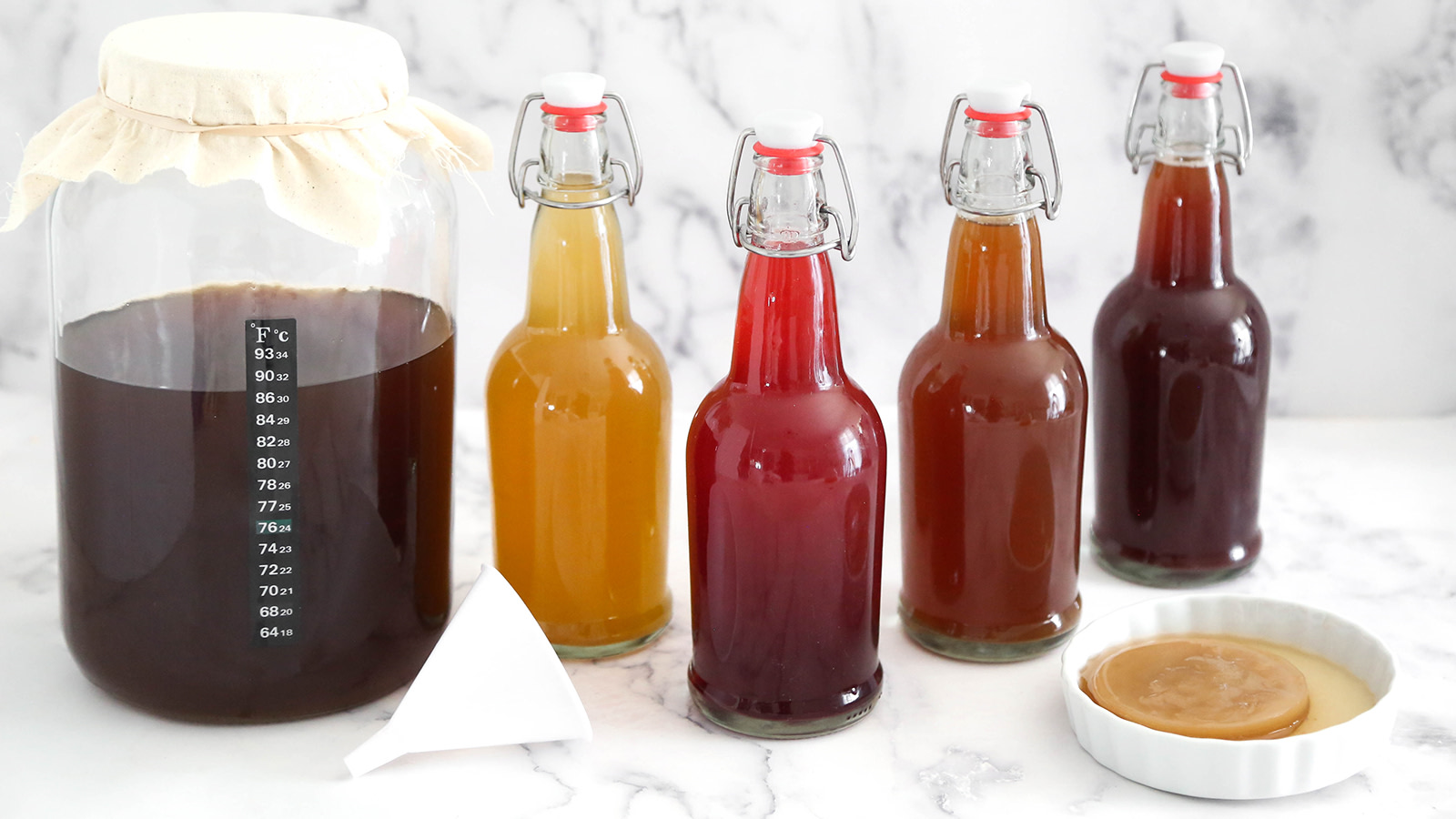Easy Sourdough Starter

- Ready In:
- 48hrs 5mins
- Ingredients:
- 3
- Yields:
-
1/2 cup
- Serves:
- 1
ingredients
- 1⁄2 cup all-purpose flour
- 1⁄3 cup water (warm, First time you will need to add a bit more water.)
- 1⁄2 teaspoon fast rise yeast (bread machine yeast)
directions
- To start your culture, mix 1/2 cup of all-purpose flour, 1/2 cup of warm water, a half teaspoon of rapid-rise yeast, and an opened pro-biotic capsule until smooth. (You can get pro-biotics capsules at any health food store near the vitamin section. Alternatively, you could add some active culture yogurt.)
- Loosely cover the jar with the lid… (this keeps the bugs out and allows the wild yeast to enter). (It is VERY important to not put the lid on tightly since great pressure would build and cause the jar to explode.).
- Stir regularly. When the mixture has sponged up, stir down. Starter can be used after the sponge has risen and fallen three times (one or two days). Best taste is after the Hooch has formed and this will be in 3 to 5 days.
- Additional Starter. If you need more starter, then after a day or so… add flour/water in the ratio of ½ cup of flour to 1/3 cup of water.
- Take some, leave some. When you are ready to bake, pour out what you need and replace it in the ratio of 1/2 cup of flour to 1/3 cup of water.
- When you don’t need it for a few days, store in the fridge. Feed it once a week. (At some point, you may need to throw some away if you are not making a lot of bread.) If you are going to be on vacation, freeze it.
- When you need starter again… take it out a day or so early, feed it… and it will be ready to use on your baking day.
Questions & Replies
Got a question?
Share it with the community!
Reviews
Have any thoughts about this recipe?
Share it with the community!
RECIPE SUBMITTED BY
Ron Mauldin
United States
I like to create anything, eat reasonably healthy and be around people that have figured out how to be happy most of the time.
With a host of varied talents and interests, I have "re-invented" myself several times and am in the process of doing so again. I am currently writing a book "Eternal Spring Locations Guide", about ideal locations in the world that need neither air-conditioning or heat... the outdoors becomes your living room. I will move to such a place in the next couple of years.



